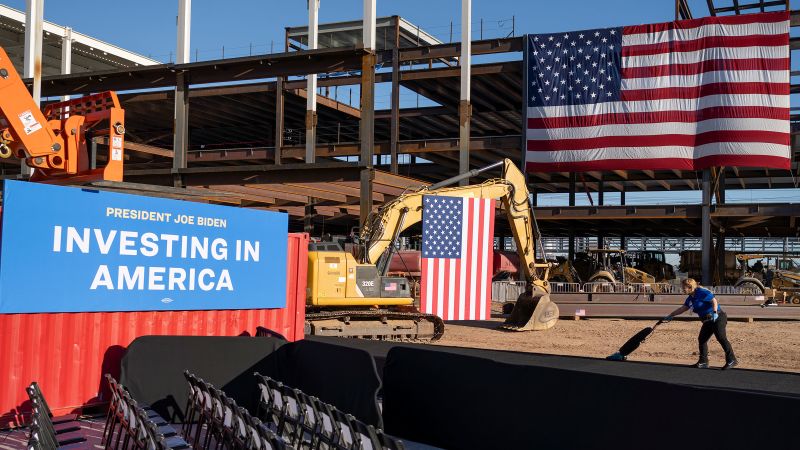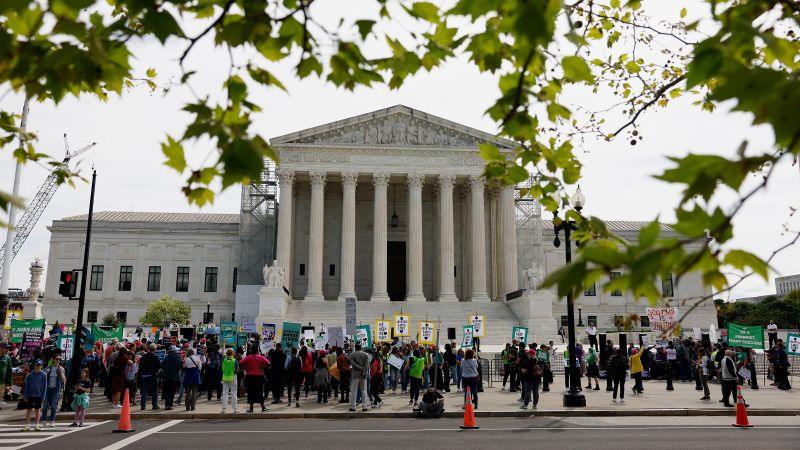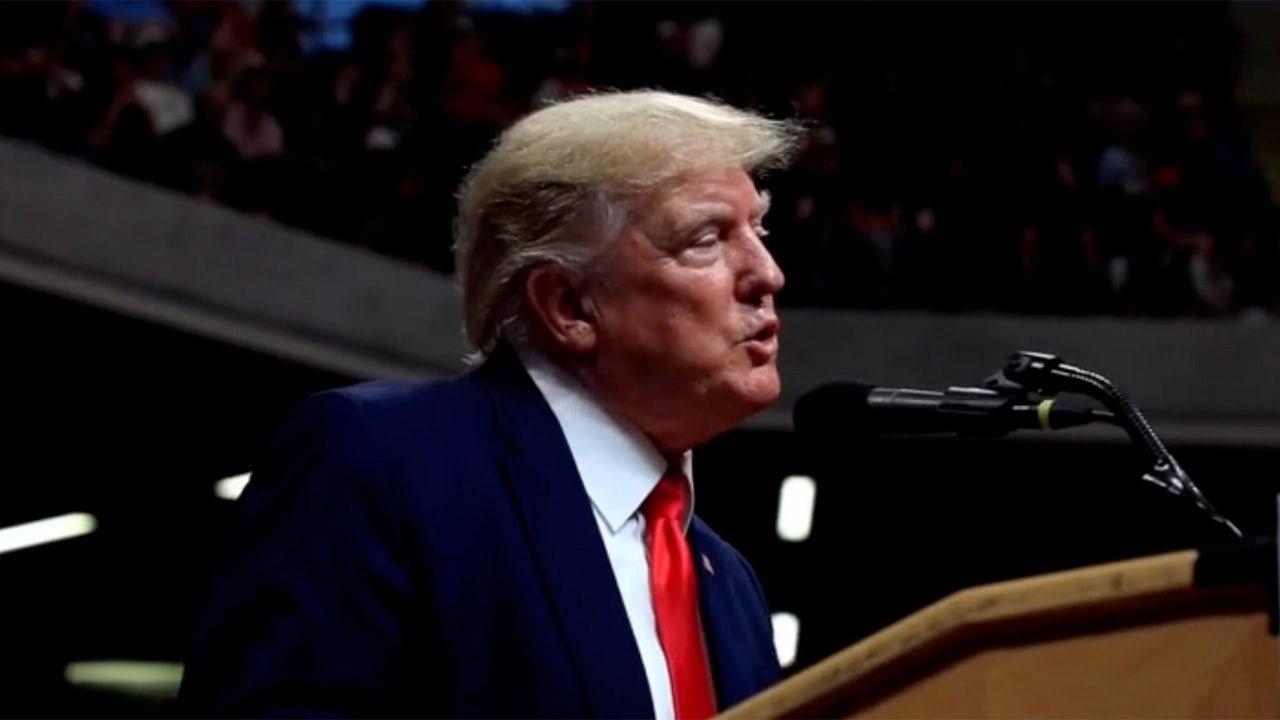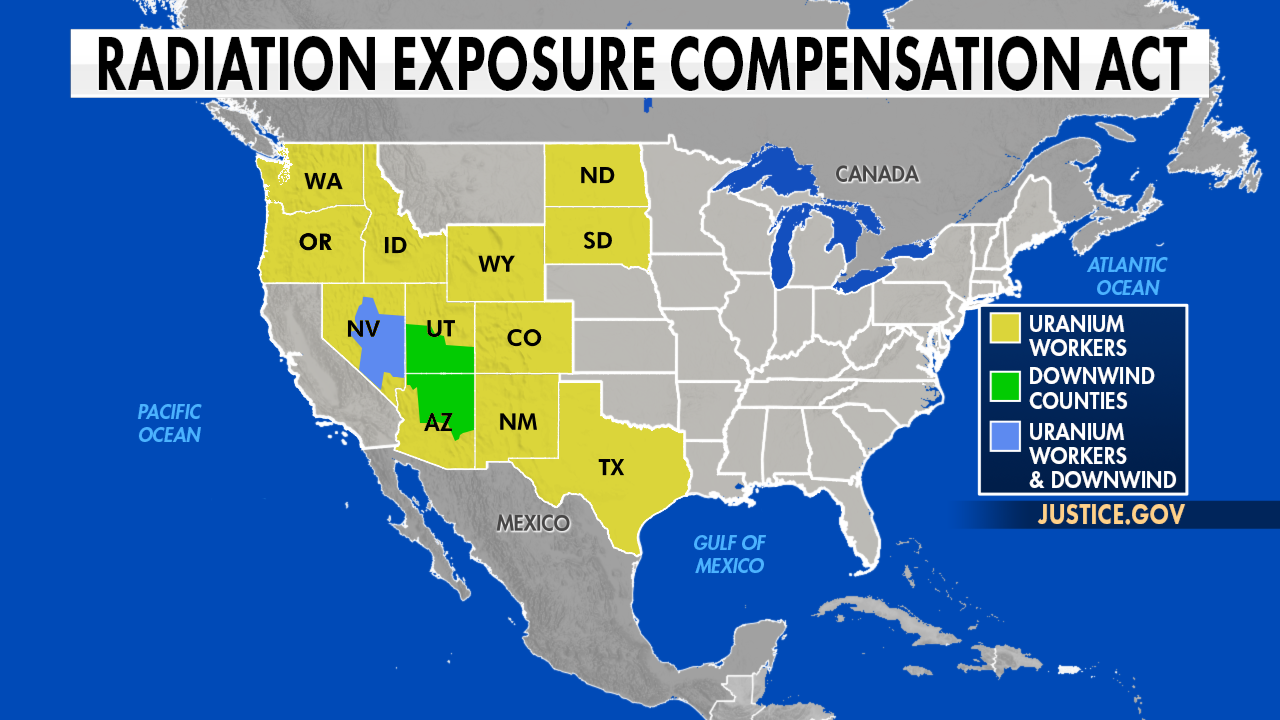President Joe Biden is set to announce Wednesday one of the biggest federal investments in US chip manufacturing – a $8.5 billion grant to tech giant Intel – as he visits the battleground state of Arizona and struggles to get his key legislative accomplishments to register with voters.
It will take years for new manufacturing projects to become operational, and there are already some environmental concerns about whether there is enough water in Arizona to support the needs of chip manufacturing into the future.
The funding for several Intel projects – in Arizona and three other states – comes from the CHIPS and Science Act, one of Biden’s biggest legislative wins that passed Congress with bipartisan support in the summer of 2022. The Biden administration has announced awards for just three other companies under the CHIPS Act to date as it takes time to vets applicants.
The law aims to boost domestic manufacturing of semiconductor chips. Once a leader in the industry, the US currently manufactures only about 10% of the global supply and none of the most advanced kind of chips that are needed for artificial intelligence technologies.
The CHIPS Act funding is meant to rectify what Commerce Secretary Gina Raimondo described on a call with reporters as a “national security problem” because of America’s reliance on Asia for production of most of the leading-edge chips.
The preliminary funding agreement announced Wednesday – which includes the $8.5 billion grant and up to $11 billion in loans – will help support construction, expansion, or modernization of Intel facilities in Arizona, Ohio, New Mexico and Oregon. The money will be disbursed in phases, based on when Intel reaches certain milestones, and is expected to start flowing “by the end of this year,” a senior administration official said.
In Chandler, Arizona – a Phoenix suburb where Biden will make the CHIPS announcement – the funding is expected to support two new manufacturing facilities, known as fabs, and the modernization of an existing one – creating 7,000 construction jobs and 3,000 manufacturing jobs, according to the White House.
The first fab in Arizona will be operations-ready by the end of 2024, a senior administration official said.
Overall, the White House estimates that the Intel investment, spread across the four states, will create nearly 30,000 jobs.
Water is a scarce and all-important resource in Arizona, which has spent much of the past two decades in drought, along with other western states.
With new industries like semiconductor manufacturing coming in, competition for water with agriculture and housing developments appears to be growing.
Chip manufacturing is less water-intensive than growing crops, but it still takes a lot of water to cool down machinery and continuously rinse silicon wafers as they’re being made.
An S&P Global Ratings report earlier this year found that water scarcity is a big concern for the industry, saying that “continued access to the resource may increasingly become challenging if droughts and water shortages are more frequent.”
In Arizona, balancing economic growth with sustainable water usage has been a concern for years. Arizona has junior water rights to the Colorado River, meaning it historically has taken the biggest cuts during times of shortage.
Last year, the state announced restrictions on new housing developments in the Phoenix area, owing to dwindling groundwater reserves. However, those development restrictions don’t apply to businesses like chip manufacturers.
And manufacturers like Intel and Taiwan-based TSMC are looking at ways to recycle their water and reduce overall use.
“Semiconductor manufacturing is water-intensive prospect, but I’m also aware of the fact that the companies have been very proactive on recycling water,” Cynthia Campbell, water resources management adviser for the city of Phoenix, told CNN. “There’s a business case for why they want to reuse. That’s a marked difference in that industry that might be different than other types of water intensive activities.”
Demand for semiconductor chips
About $39 billion from the CHIPS Act will go to companies building, expanding or modernizing chip plants in the United States. Some companies will also be eligible for tax credits.
And there’s plenty of demand for the funding. The Biden administration has received more than 600 statements of interest and preliminary applications. But it took time to set guidelines and create an application process, which is administered by the Department of Commerce.
Raimondo said last month that the government is currently in the middle of “tough negotiations” with companies to hammer out the details of new funding agreements – in an effort to ensure taxpayer money is used as effectively as possible.
Before Wednesday, three other preliminary funding agreements had been announced, totaling nearly $2 billion.
They are expected to support three GlobalFoundries facilities in New York and Vermont; two Microchip Technology plants in Colorado and Oregon; and one Bae Systems facility in New Hampshire. The chips made at these plants are critical for use in cars, medical devices, and defense systems.
Even before the government doled out any of the money authorized by the CHIPS Act, the legislation has helped spark some private investments in the chips industry.
According to the Semiconductor Industry Association, private companies have announced plans to invest about $256 billion in 79 projects since the spring of 2020 – either in anticipation of the federal investments or after Biden signed the spending package into law.
But the timeline for construction on some of these projects – which typically takes three to five years to complete – may end up taking longer than initially expected.
In January, TSMC said its second factory in Arizona will be delayed. Originally, the company expected it to be operational in 2026, but that’s now pushed to 2026 or 2027. The Taiwanese chipmaking titan said at the time that it needed to review “how much incentives … the US government can provide.”
In Ohio, the 2022 announcement about two new Intel facilities – and a $20 billion company investment – suggested they would be done by 2025. But a recent report sent to state officials from Intel indicated that chip plants won’t be finished until 2026 or 2027, and they won’t be operational until 2027 or 2028.
Intel told CNN in an email Wednesday that it won’t meet the “aggressive 2025 production goal,” but that construction has been underway in Ohio since 2022 and has been “proceeding on schedule.”
A senior administration official said that it’s not accurate to describe the most recent construction timeline from Intel as a delay.
“We’ve been engaged with Intel in the application process for obviously several months now. And there hasn’t been any change in their plans in terms of the construction timeline in Ohio,” the official said.
It may take years for new facilities to get to operational status, but local economies will see the demand for construction jobs as soon as there are shovels in the ground.
“The reality is, there are many, many, many construction jobs that come from building these fabs. And they’re very high-skilled. It’s a specialized work,” said John Neuffer, president and CEO of the Semiconductor Industry Association.













